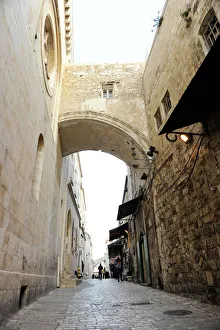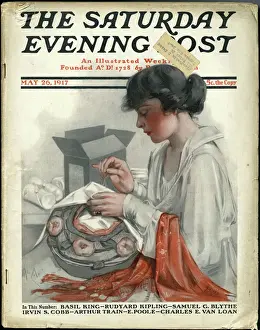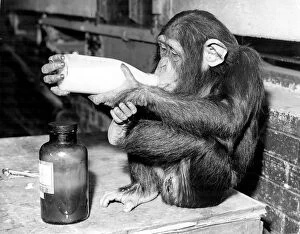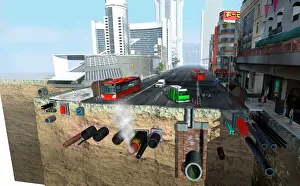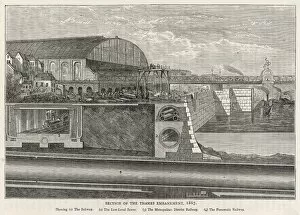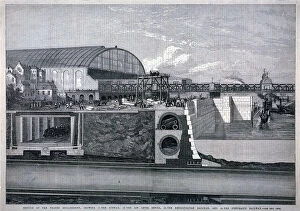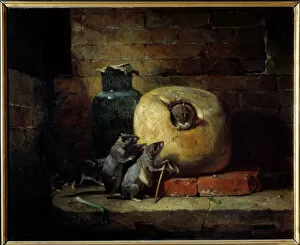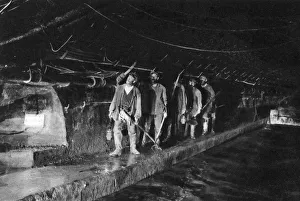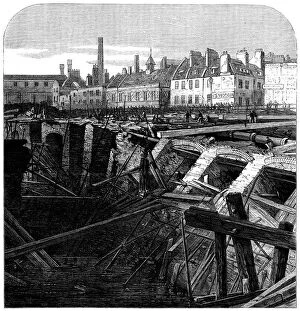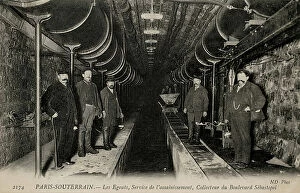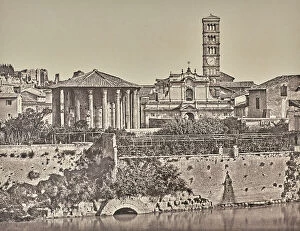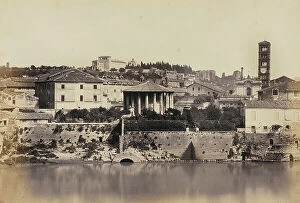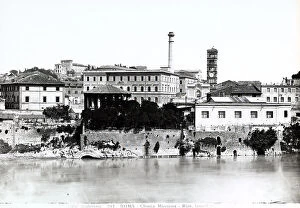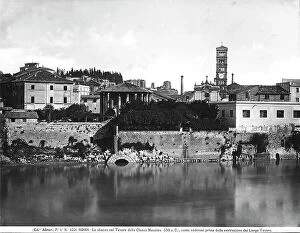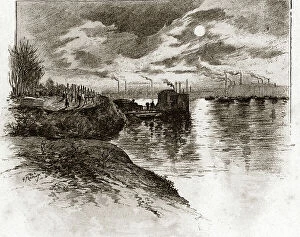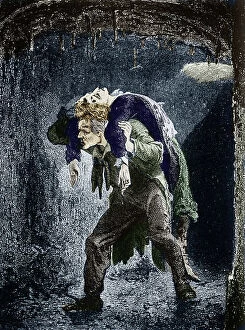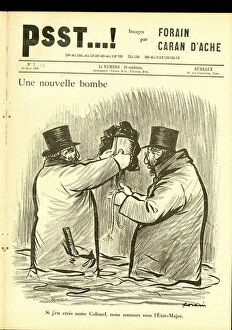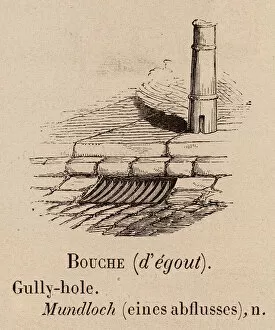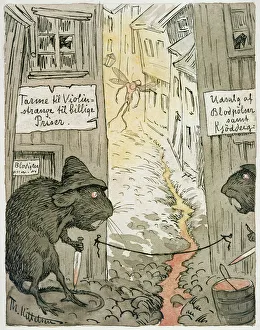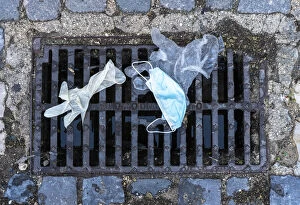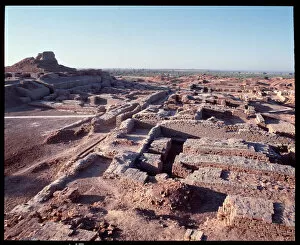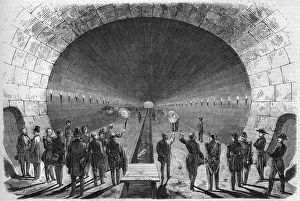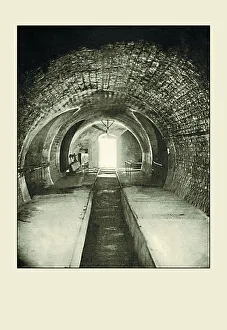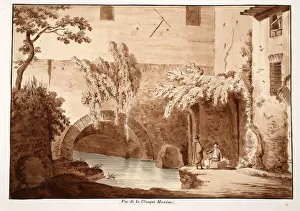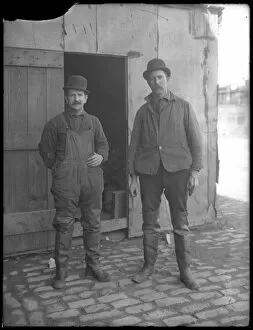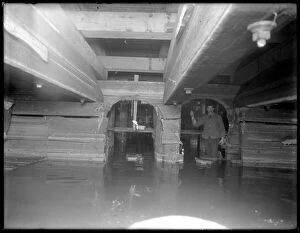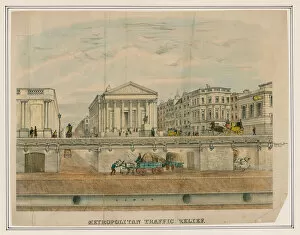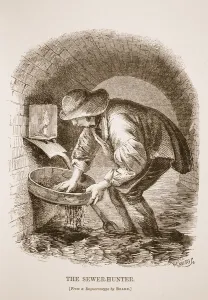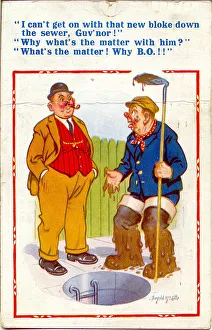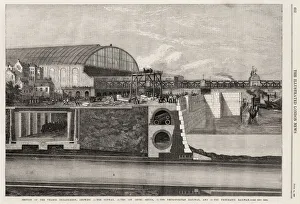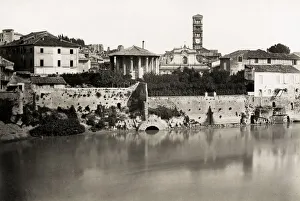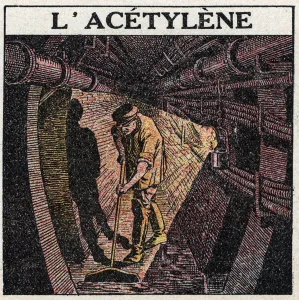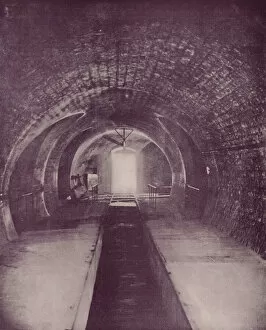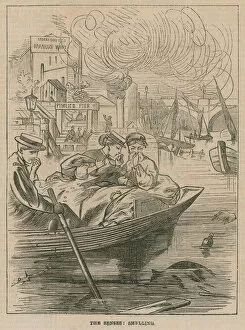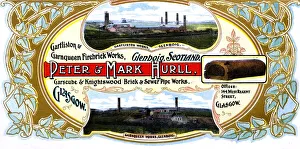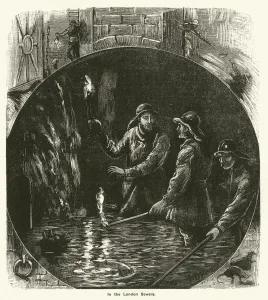Sewer Collection
"Unveiling the Hidden World Beneath: Exploring Sewers from Jerusalem to London" From the ancient streets of Israel's Jerusalem
All Professionally Made to Order for Quick Shipping
"Unveiling the Hidden World Beneath: Exploring Sewers from Jerusalem to London" From the ancient streets of Israel's Jerusalem, where the Via Dolorosa intertwines with the Arch of Ecce Homo, to the bustling cityscape of London's Thames Embankment designed by Bazalgette in 1867, sewers have silently played a vital role in our daily lives. Like a mischievous Milky Monkey swinging through utility pipes turned artwork, these underground networks have been witness to tales both extraordinary and mundane. Just as Ernest Flammarion captured Parisian sewer cleaners diligently at work in 1931, we too must acknowledge their tireless efforts that keep our cities clean. In Jean de La Fontaine's fable "The Rat that Withdrew from the World, " we find parallels between its protagonist seeking solace underground and those who venture into labyrinthine tunnels beneath London's streets. Clad in heavy oilskin protective clothing reminiscent of textile mountains, these brave men comb through blockages dating back to 1881. Amidst this subterranean world lies an unexpected juxtaposition - a woman sewing amidst it all. Her needle dances delicately as she mends fabrics aboveground while others delve deep below for different purposes altogether. As we reflect on historical milestones like Fleet Street Sewer's construction in 1845 or ongoing works across London today, let us appreciate how far we've come since Joseph Bazalgette revolutionized urban sanitation. These once-forgotten spaces now serve as conduits for progress and cleanliness. So next time you stroll along Jerusalem's Via Dolorosa or gaze upon London's iconic Embankment lithograph from 1867, spare a thought for those hidden heroes navigating this intricate underworld. The sewers may remain unseen but their impact resonates throughout history – reminding us that even beneath our feet lies an essential part of civilization’s tapestry.

